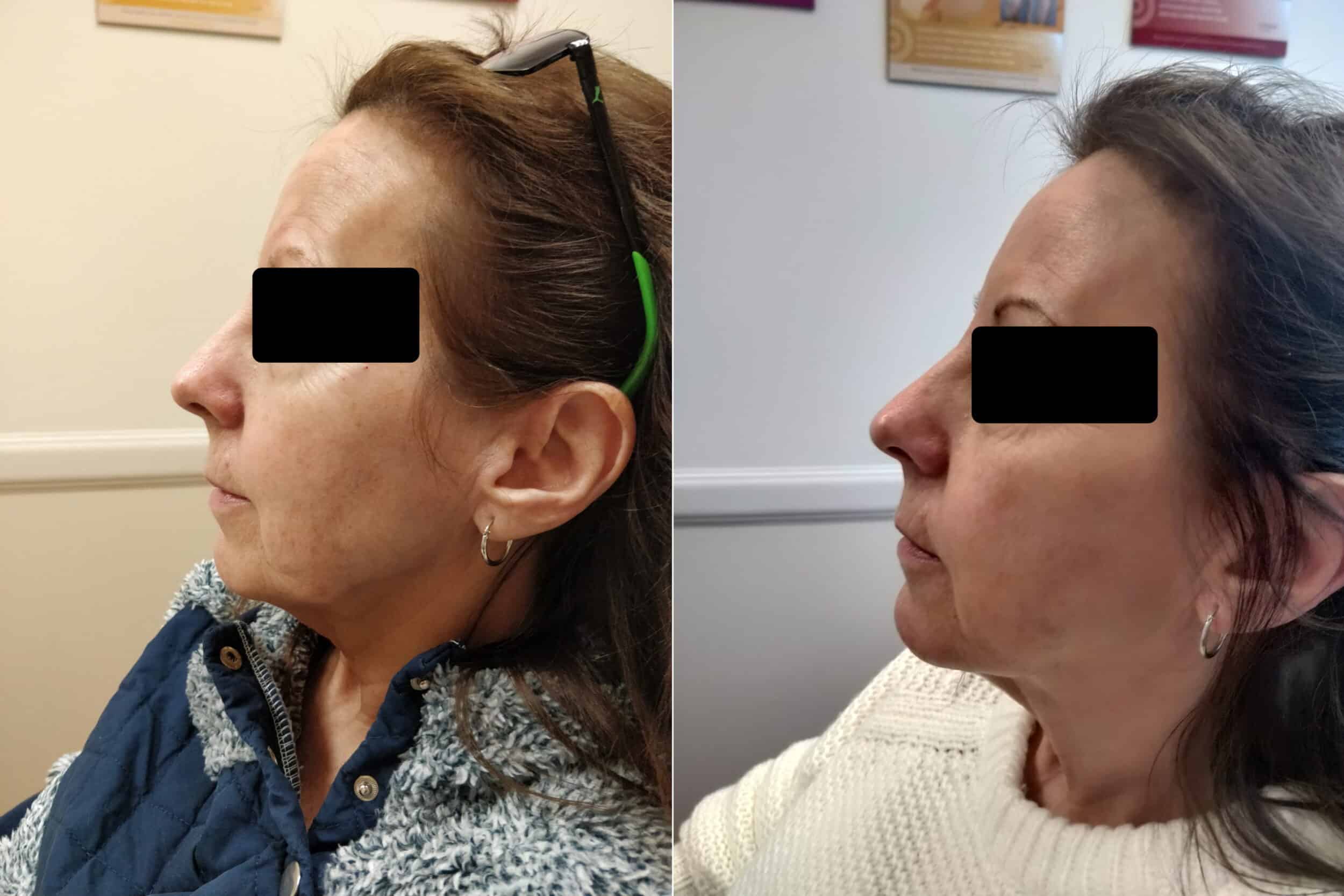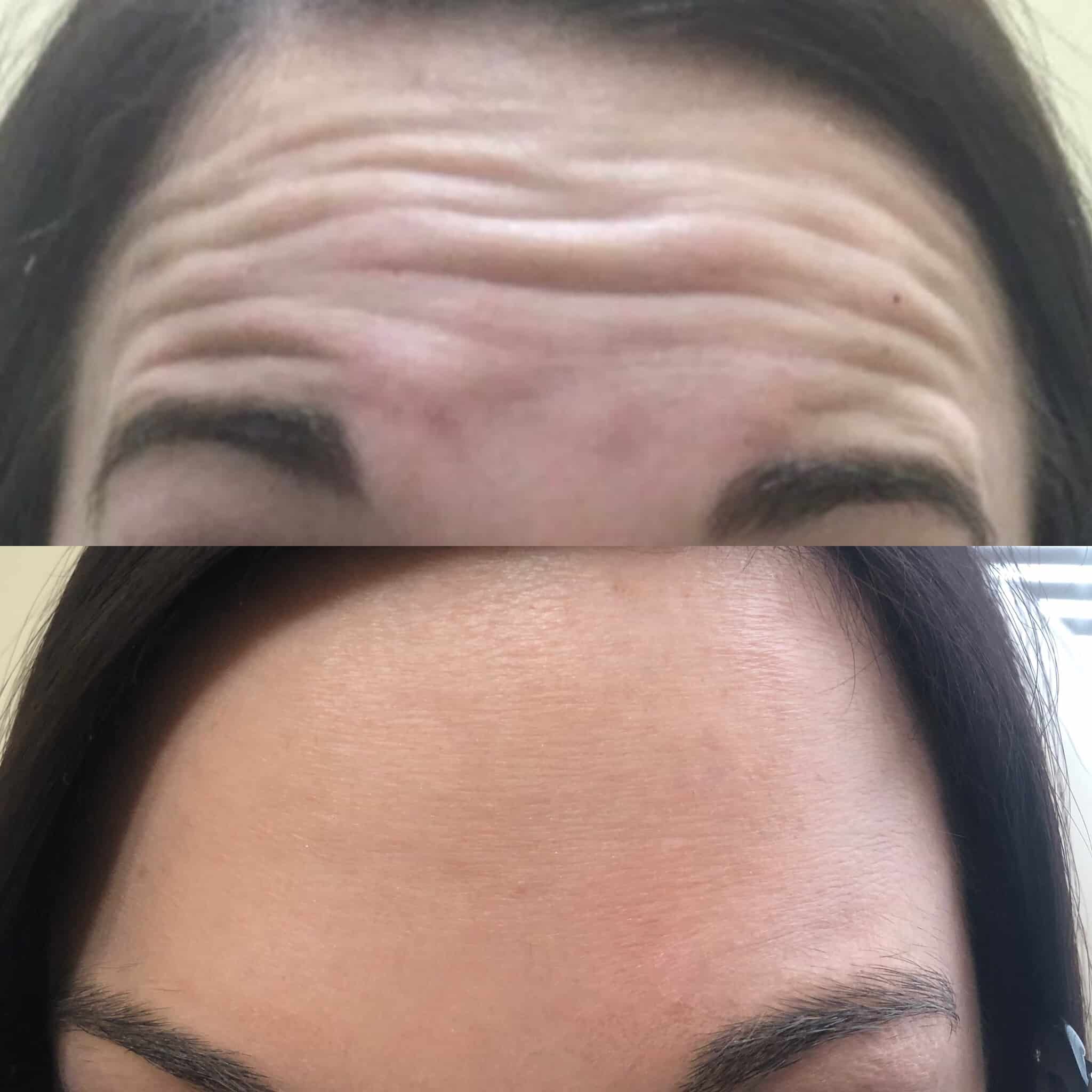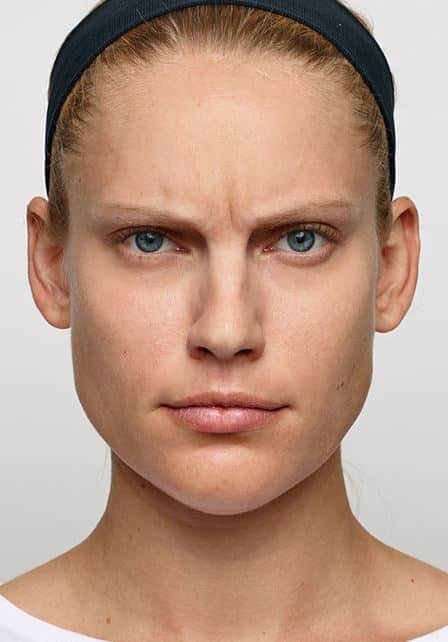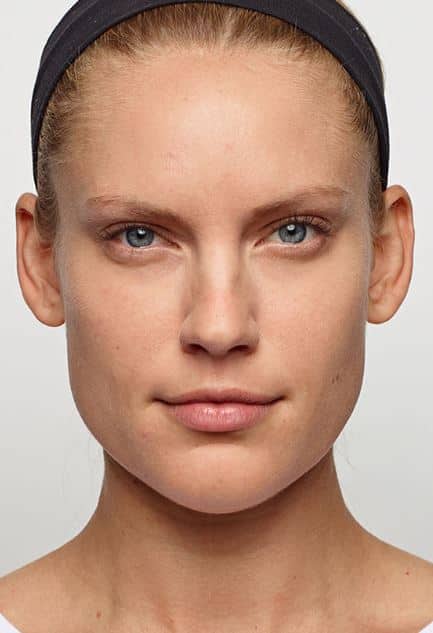Deciding on the right type of filler and injectable can be overwhelming. There are so many to choose from! At St. Louis Lipo, we have a wide range of options depending on your cosmetic goals, and our facial fillers and neurotoxins can help get you where you want to go. Our team of professionals is here to walk you through your options and what options may fit your goals and budget.
Fillers and injectables come in many forms and treatments and deciding which is right for you should always begin with a thorough consultation and exam with a cosmetic professional in order to determine the product that can best achieve your desired results. Whether you’re looking to highlight your natural bone structure, increase volume, or decrease deep lines and wrinkles, there’s a solution for you.
Fillers can be used to address a wide range of facial features and areas. A skilled injector will focus on the areas around the face to return the face to its rounder and more youthful shape.
Types of Injectables & Fillers:
Learn more about...
Facial Filler Treatment Areas
Chin: To address the appearance of your chin and/or lower face, fillers can highlight your bone structure in this area. A small or recessed chin can give the appearance of a double chin. Volume loss around the chin increase line or wrinkle formation on the lower face especially around the mouth.
Cheeks: Fill hollow areas in the cheek or mid-facial areas, help lift sagging skin, or fill the area to increase volume and lift. As we age the cheeks lose volume and the volume loss leads to skin sagging and wrinkle formation on the face. Loss of cheek volume causes the nasolabial fold to increase and as the skin on the cheeks falls it leads to jowls forming on the lower face and lines appearing around the mouth. Plumping the cheek up with a filler is the quickest way to make the face look younger.

Jaw Line: Often used to strengthen the jawline, improve “double chin” appearance, define a jawline, or address symmetry in this area. A lax jawline causes the skin in the center of the face to loosen and sag. A firm jawline helps some look fit and confident and is a must for people who want to look their best on video calls.

Tear Trough and Under Eyes: Treat wrinkles, sagging skin, and fine lines around the eyes. The deep crease between the lower eyelids and upper cheek is often thought of as a “shadow” under your eyes or referred to when you have “bags under your eyes”, making you appear tired. As we lose volume in our cheeks the fat pad under the eyes becomes more visible and that is what looks like bags. Filling in the hollow trough returns the fullness to the center of the face smooths out and connects the underlying fat pads giving a youthful and refreshed appearance.

Lips: Increase volume and looks of “suppleness”, adjust the shape of the top, bottom, or both lips, create great symmetry, add a “lip flip” on the top lip, or use fillers to help with wrinkles and sagginess of the lips. Note: Can be used at the same time in the mouth area (below).
Mouth: Similar to the lips, use fillers to address fine lines around the lips and mouth, sagging skin, wrinkles, frown lines, or improve symmetry in this area.
Marionette Lines: These are a good example of hard lines around the mouth – these are long, vertical lines that often run down the face from the corner of the mouth down towards the chin.
Nasolabial Folds: Similar to Marionette lines, nasolabial folds are deep, indented lines in the face that typically begin at the nose, and run down (horizontally) towards the corners of the mouth.
Temples: Treat sunken temples and lost volume in the temple area, soften sharpened edges, and use fillers to replace lost tissue or fat volume in this area to avoid an “angular” appearance.
Types of Injectables & Fillers:
In the majority of cases, the solution lies in a combination of products that each works to create a smooth, full effect at the point of injection. Rest assured that Dr. Wright has put together an experienced and passionate team to partner with you through the process, and will work with you to get your desired result. Below are several options, and we highly encourage that you schedule a consultation to discuss your needs and what will work best.
Juvederm is an injectable that targets the development of fine lines and wrinkles around the mouth and nose. This highly precise injection is a filler that comes with the added benefit of long-lasting results.
Radiesse is an even more specific product choice for patients that struggle with volume loss around the mouth, while those that choose to use Restylane will enjoy the benefit of increased Human Leukocyte Antigen (HLA) after injections, meaning a stronger collection of cell surface proteins.
Neurotoxins are injected to block the nerve impulse that controls the movement of muscles in the treatment area, restricting the ability of those facial muscles from contracting. This treatment is often used to help smooth out areas of the face that suffer from wrinkles or deep lines, such as frown lines, brow lines, or crows feet. Neurotoxins interrupt nerve signals, the affected muscles are temporarily “frozen”, and as a result, some wrinkles may be reduced or softened. This treatment is non-permanent, provides natural-looking results, and can be repeated as desired over time.
Dysport is considered a close equivalent to Botox with a slightly different formulation to work well with different skin types. Xeomin is often selected by patients looking to improve the look of wrinkles that line the forehead while Belotero is the product of choice for patients looking to treat problem areas concentrated around the lips, nose, and even the neck.
Botox is a popular option for those patients that are looking for soft-looking results. Botox is injected regularly as a series to target wrinkles that cause patients to look tired or worn out. Botox relaxes muscles at the injection point so that they naturally smooth out and remain that way until the next set of injections.
After you’ve determined the treatment areas you’d like to focus on, our team can provide options that work best for your comfort level, budget, and desired outcome.
Injections for Botox, Xeomin, Dysport, or Jeuveau
Dr. Wright is a skilled, experienced injector of botulinum injectables. Please note that injectables are recommended by their manufacturers to be utilized by physicians. Knowledge of facial anatomy and musculature is necessary for expert injection. This is not a beautician or aesthetician treatment.
Dr. Wright has a nimble touch injecting, producing smoothness with no “frozen” areas. There is no droop or “surprised” look with his technique. He and our trained RNs meticulously plan the treatment to isolate frown-producing muscles for relaxation. This has given his many injectable patients a wonderful treatment. We are a popular provider of Xeomin, Botox, and Dysport in St. Louis and St. Charles.

Botulinum toxin as a cosmetic treatment has been around for quite some time. It is a purified protein derived from bacteria. Its first therapeutic use, in the 1980s, was in treating crossed eyes and rapid blinking. In 1989, studies first emerged about its effectiveness in easing wrinkle lines when injected into facial muscles. The Botox craze was born.
Botox — the botulinum injectables — are not fillers or plumpers. They do not add volume or puffiness. They inhibit frown action. Botox is perhaps the best-known botulinum toxin formulation and has been around commercially the longest. Officially a neurotoxin, meaning an inhibitor of nerve tissue function, Botox is widely used to treat wrinkles. It works by blocking the signal to “contract!” or “scowl!” from the brain to the muscle. This eases the place in the skin where the scowl or frown has etched a wrinkle. Without the frowning motion, the skin is smooth for the duration of the injection’s effectiveness — usually 3 to 4 months.

Recently, two new botulinum toxin formulations have received FDA approval for cosmetic treatment. Both Xeomin (ZEE-oh-min) and Dysport (DIS-port) are treatments that, like Botox, use botulinum toxin for the treatment of wrinkles (and excessive sweating and some jaw disorders).
Injection Dosing
Xeomin, newly announced by Merz Pharmaceuticals, is a botulinum toxin preparation that is used at the same rate as Botox cosmetics. The necessary doses of Xeomin compared to botox are identical. However many units a patient required of Botox, he or she will receive the same number of Xeomin units. If a patient responded well to 22 units of Botox, she will respond well to 22 units of Xeomin.
Dysport, another Botox alternative, is administered somewhat differently. Approximately 2.5 units of Dysport correspond to one unit of Botox or Xeomin. If a patient responded to 22 units of Botox, she will respond to 55 units of Dysport.
We study facial anatomy carefully before injecting, calculating the best application of the injections so as to maximize wrinkle suppression while preserving natural facial animation.
Manufacturing
Botox and Dysport vials contain, in addition to the botulinum toxin, a substance called albumin. This is a protein found in the blood. Its presence in Botox and Dysport vials makes the chemical stay stable in its jar between uses. Xeomin, on the other hand, just contains botulinum toxin and has no additives.
Some people feel that when Botox “does not work,” Dysport does and vice versa. Some patients have a much quicker response to Botox and Xeomin than to Dysport, and some to Dysport before Xeomin and Botox. For those experiencing less of a result with Botox than they are used to, Dysport is a wonderful change.
Side Effects of Facial Fillers & Injectables
All botulinum toxin formulations carry some risk of side effects with treatment. These include dry mouth, fatigue, headache, nausea, neck pain, pain, redness, bleeding at the injection site, swelling, or tenderness at the injection site, sinus inflammation, sore throat, and stiff or weak muscles at or near the injection site. Very rare but serious side effects include allergic reactions, difficulty swallowing or breathing, dizziness, the drooping affected area, facial paralysis, fainting, loss of bladder control, loss of strength, seizures, severe or persistent muscle weakness, shortness of breath, slow heartbeat, speech changes or problems, vision changes or problems, wheezing.


